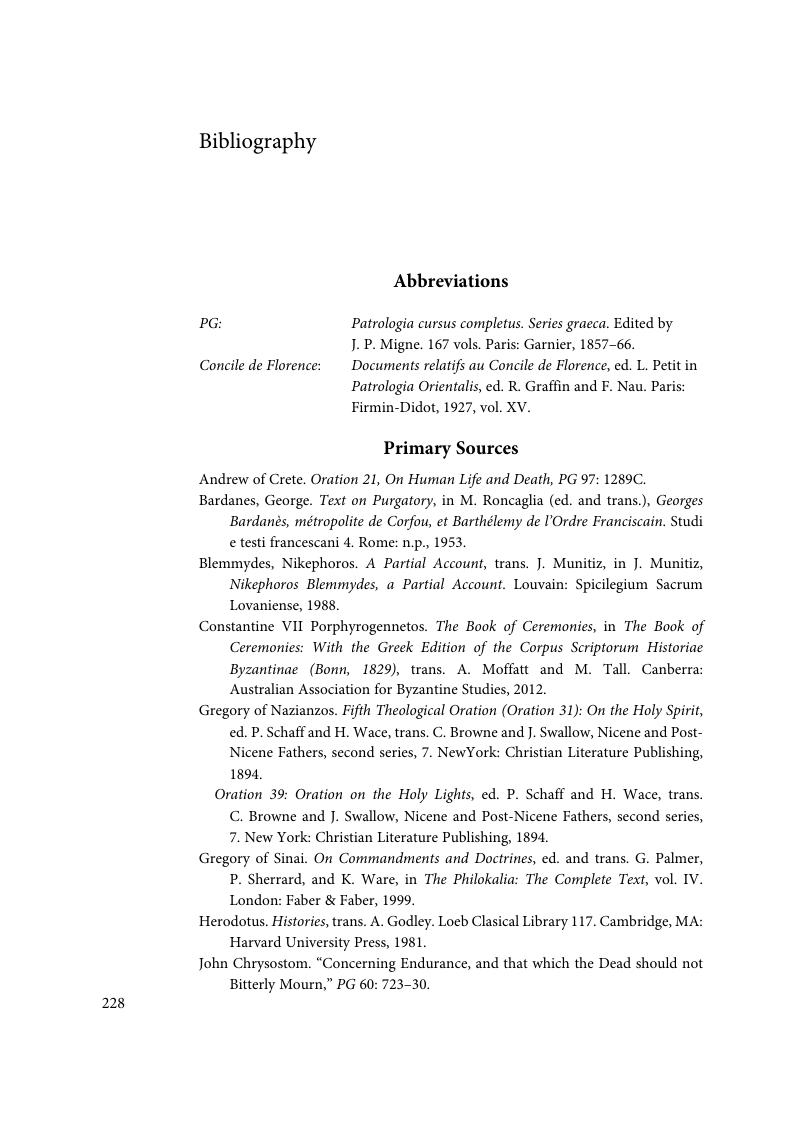Book contents
- Donor Portraits in Byzantine Art
- Donor Portraits in Byzantine Art
- Copyright page
- Contents
- Illustrations
- Acknowledgments
- Introduction: Methodologies for the Study of Donor Portraits
- 1 The History and Problematic of the Donor Portrait
- 2 On Meaning in Portraits: The Knot of Intention and the Question of the Patron’s Share
- 3 Awaiting the End after the End: Sin, Absolution, and the Afterlife
- 4 Exchange and Non-Exchange: The Gift between Human and Divine
- 5 The Literal, the Symbolic, and the Contact Portrait: On Belief in the Interaction between Human and Divine
- Postscript: The Problem of Terminology Again: Donor Portraits and Contact Portraits
- Bibliography
- Index
- References
Bibliography
Published online by Cambridge University Press: 26 October 2018
- Donor Portraits in Byzantine Art
- Donor Portraits in Byzantine Art
- Copyright page
- Contents
- Illustrations
- Acknowledgments
- Introduction: Methodologies for the Study of Donor Portraits
- 1 The History and Problematic of the Donor Portrait
- 2 On Meaning in Portraits: The Knot of Intention and the Question of the Patron’s Share
- 3 Awaiting the End after the End: Sin, Absolution, and the Afterlife
- 4 Exchange and Non-Exchange: The Gift between Human and Divine
- 5 The Literal, the Symbolic, and the Contact Portrait: On Belief in the Interaction between Human and Divine
- Postscript: The Problem of Terminology Again: Donor Portraits and Contact Portraits
- Bibliography
- Index
- References
Summary

- Type
- Chapter
- Information
- Donor Portraits in Byzantine ArtThe Vicissitudes of Contact between Human and Divine, pp. 228 - 244Publisher: Cambridge University PressPrint publication year: 2018



